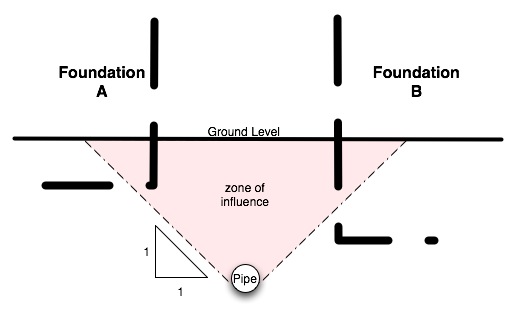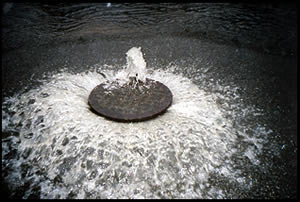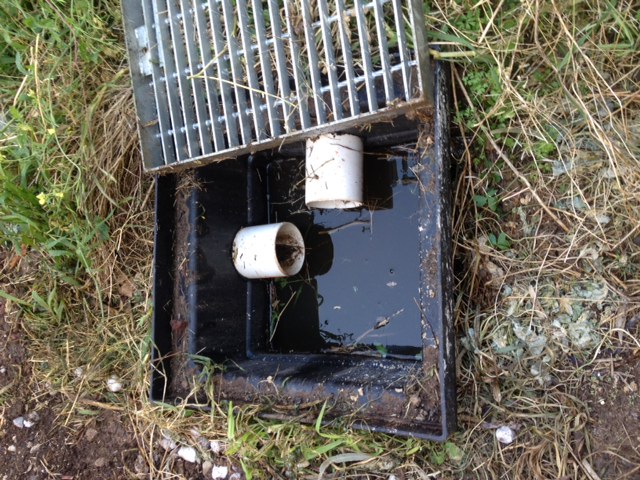Drainage
Building On Pipeline Easements (Or Close To)

Previous posts have talked about Sewer and Drain Easements but you build close to or over a pipe on an easement? Permission You must get permission from the owner of the easement to build on the easement. Some easement owners…
Read more
Waterproof or Water Resistant

The Difference Waterproof material, or construction, does not allow moisture to penetrate through it. Water Resistant material, or construction, means it restricts moisture movement and will not degrade when it gets wet. Where it matters The Building Code of Australia…
Read more
Overflowing Drains

Its not unusual to see local flooding around a house, or on streets, during exceptionally heavy rainfall. If you are unlucky you might even see a manhole ‘Pop It’s Top!’ like this one! This is because the council drains don’t have the…
Read more
Temporary Down Pipes

A great way to stop the building site from becoming water logged is for the builder to install temporary down pipes as soon as the roof has been covered. Although this is generally good practice it is really important if you are building…
Read more
Silt Pits

Any drainage system should have silt pits at regular intervals. This includes both stormwater systems and agricultural drains. In the case of the above photo this is a combination drain and grate silt pit. (As the water can become stagnant…
Read more
Soakwells

In Western Australia you are required to dispose of storm water on your block, rather than to a public storm water drain. There are also many areas that don’t have public stormwater drains including many beach side areas. In either…
Read more
Soil Heave – Protecting the Slab During Construction

There has been a lot of talk in the Melbourne papers recently about ‘Slab Heave’ when Building on Clay so I thought I would explain how to minimise the risk during construction. A key issue when building on clay is to…
Read more
Stormwater Discharge Point

One check that is often forgotten when buying a house block in an established suburb is how storm water is removed from the site. Forty, or more, years ago when land was cheaper, it was not unusual for blocks to be…
Read more
On-Site Stormwater Detention – Storage

Background Many urban developments, and subdivisions, require stormwater flows from your block to be limited to a maximum flow rate. (See: ‘Onsite Stormwater Dention‘ for the reason why) Although councils will require the calculations to be done by a qualified hydraulic engineer here is some…
Read more
Onsite Stormwater Dention – Why

If you want to redevelop or subdivide an existing urban house block, you might find that a planning condition is that you will need to provide On-site Stormwater Detention (OSD). You may also find it is a condition on individual…
Read more